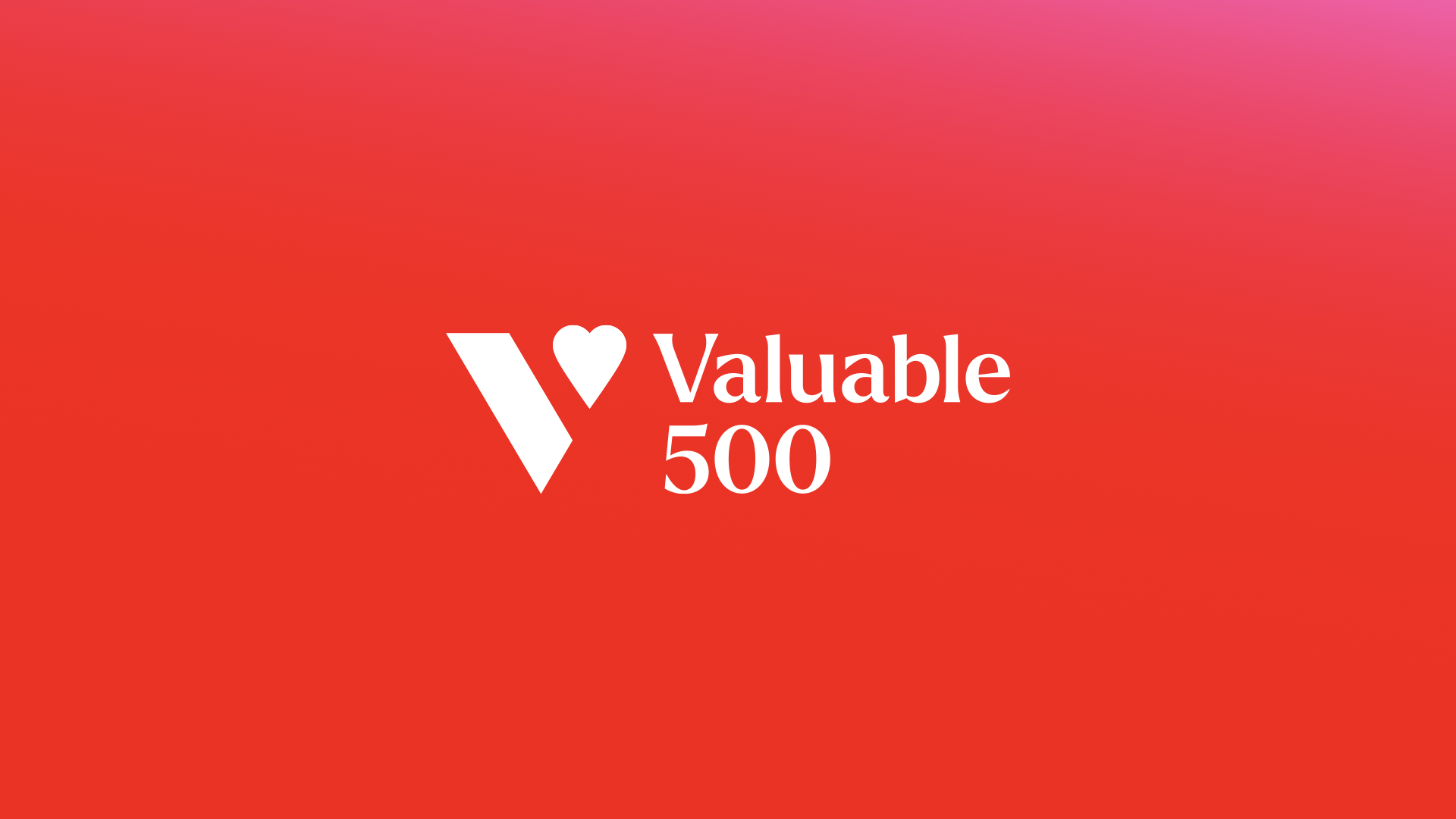Nonprofit organisation
Simplifying everyday journeys with the RNIB

About RNIB
The Royal National Institute of Blind People (RNIB) is a leading UK charity focused on helping those who are blind or have partial sight. They’re dedicated to breaking down barriers and making everyday life more accessible for people with visual impairments. Their commitment to improving lives is inspiring!
Objectives
RNIB wanted an app to help visually impaired users find their way during the last part of their journey, like getting from a train station to a nearby theater. This might sound simple, but it’s a big help for someone who can’t rely on traditional navigation apps to finish their route.
Strategy
Assess
To make this happen, they needed a system that could grow and change easily. Think of this system as the backbone of the app, where all the routes and steps live. It needed to be strong to handle lots of information, but also easy for them to change or add new routes when needed.
Our role? Working with Good Innovation to create a prototype app that ensures that it is easy for everyone to use. This meant focusing on making a complex data structure simple to move through without being able to see it!
The plan was to create an MVP (minimum viable product) that could be expanded upon once the concept has been proven.
Plan
For simplicity, we started with a web app to deliver easy access through browsers. Our plan included expanding it into a hybrid app for iOS and Android later. By adopting this approach, any changes made to the app’s content would automatically update everywhere at once, ensuring consistency and ease of use across all devices.
We looked at different ways to build the app, from simple methods that don’t require much coding to more complex custom designs that we create from scratch:
- No code solutions like Zoho builder or Wix, which allow for building applications without any programming skills.
- Low code solutions which provide a framework where you can assemble components with some customisation using coding.
- Custom builds, which involve developing from scratch code libraries, offering full control over the application’s front and backend.
We opted for a custom frontend build to tailor the app specifically to RNIB’s needs, because it’s the only way to have full control over accessibility features. We chose Strapi for the Content Management System (CMS) because it’s flexible and scalable. Perfect for managing the app’s content as it grows.
For the front end (the part of a website or app that you interact with directly), we went with Angular. It helped us create a custom, fully accessible and easy-to-use interface that makes navigation smooth and straightforward for users.
Implement
The CMS, API and the user-facing part of the app had to be ready quickly for the first group of pilot testers and RNIB’s experts, who audited the app’s accessibility compliance.
Combining the need for blind and partially sighted people required lots of trial and error to combine the needs for screen-readers with visual elements on the page.
Working with the RNIB team for iterative accessibility reviews, we got invaluable feedback and insights, pointing out specific areas that needed improvement.
After the initial development, the app has moved into pilot testing. We trained the RNIB team on how to use the content management system and gave them a detailed user guide. This way, they can update and manage the app’s content on their own, keeping everything running smoothly and staying up-to-date.
Outcome
Thanks to our tight teamwork and clear communication throughout, the app is now in a position to help users confidently tackle the final steps of their trips. By focusing on often-ignored details for visually impaired users, the app fills a big gap in today’s navigation technology.
The app is currently in pilot mode and will be available for the general public soon!
What does this mean for future projects?
We’ve made a commitment to accessibility a long time ago, but this project is special for us. It has enhanced our approach for future client projects by:
- Challenging accessibility needs for various disabilities and their sometimes clashing needs
- Accelerated usability and user experience proficiency in the team
- Expanded thought process around accessibility in design and tech
- Heightened awareness of quality of life improvements for people with disabilities
More than anything, it highlights just how important accessibility is in digital and our commitment to creating solutions for everyone.


